Dollar General and other dollar stores’ rapid expansion across the United States is reshaping the retail landscape, particularly in small towns and rural communities. With a business model focused on providing affordable essentials in convenient locations, the company has grown to thousands of stores nationwide. This increasing presence is having a multifaceted impact, affecting local economies, consumer access to goods, and even the physical চেহারা of many towns. Understanding the ways Dollar General’s growth is playing out offers a glimpse into the evolving dynamics of American retail and community life.
1. Filling Retail Voids in Underserved Areas
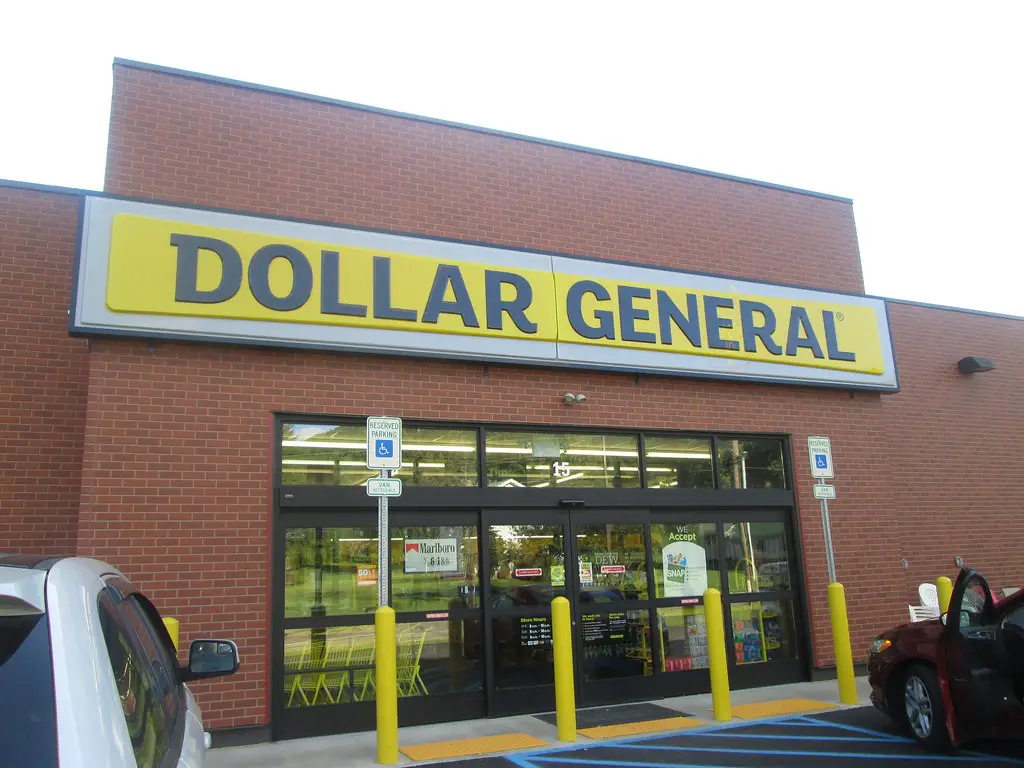
One significant way Dollar General is expanding its reach is by establishing stores in areas that have limited retail options. According to a report by the USDA Economic Research Service, dollar stores have shown significant growth in rural counties, often moving into communities where traditional grocery stores have closed. This fills a crucial gap for residents who may have limited transportation options to reach larger retail centers. The convenience of a nearby Dollar General can provide access to essential goods that might otherwise be difficult to obtain. This role as a local provider is a key aspect of their expansion strategy.
However, the arrival of Dollar General in these underserved areas can also have complex consequences for existing small businesses. Studies have indicated that the opening of a dollar store can increase the likelihood of independent grocery stores exiting the market in rural areas. This can lead to a net effect of fewer diverse retail options in the long run, even if immediate convenience is gained. The focus of Dollar General on non-perishable and processed foods may also limit access to fresh produce and healthier options in some communities. The long-term impact on the local economic ecosystem is a subject of ongoing discussion.
2. Impact on Local Grocery Stores and Businesses

As mentioned earlier, the expansion of Dollar General can pose a significant challenge to local grocery stores and other small businesses. Research from the USDA suggests that the entry of a dollar store into a census tract can increase the probability of an independent grocery store closing. This is particularly pronounced in rural areas where the local grocer may already be facing economic pressures. The price competition and convenience offered by Dollar General can make it difficult for these smaller, often family-owned businesses to compete. The long-term vitality of local retail diversity can be affected by this dynamic.
Furthermore, the limited selection of fresh produce and other perishable goods at many Dollar General stores can impact the overall food access and dietary health of a community. While some Dollar General Market locations are beginning to offer a wider range of groceries, the majority of stores focus on shelf-stable items. This can create a situation where residents have access to affordable food, but not necessarily a diverse and healthy selection. The displacement of local businesses can also erode the unique character and economic independence of a community.
3. Focus on Low-Income Consumer Base
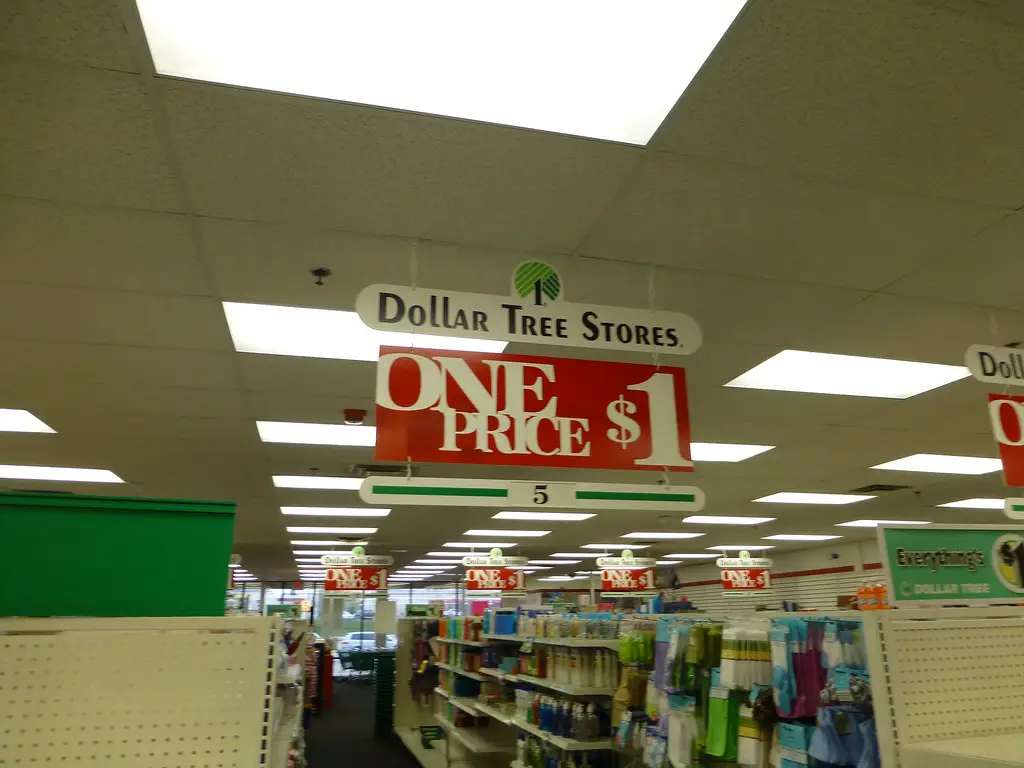
Dollar General’s target demographic often includes households with an annual income of $40,000 or less, says Modern Retail. Their strategy revolves around providing value and convenience to budget-conscious shoppers. This focus on a specific consumer segment has allowed them to thrive in areas with lower median incomes. Their merchandise mix and pricing strategies are tailored to meet the needs of this demographic. This targeted approach is a key driver of their success and expansion.
By offering lower prices on everyday essentials, Dollar General can provide significant value to individuals and families with limited financial resources. This accessibility can be particularly important in areas where other affordable retail options are scarce. However, critics argue that this focus can also perpetuate a cycle of limited options and lower quality goods in these communities. The debate continues regarding the overall benefit to these specific demographic areas.
4. Proliferation of Small-Box Stores
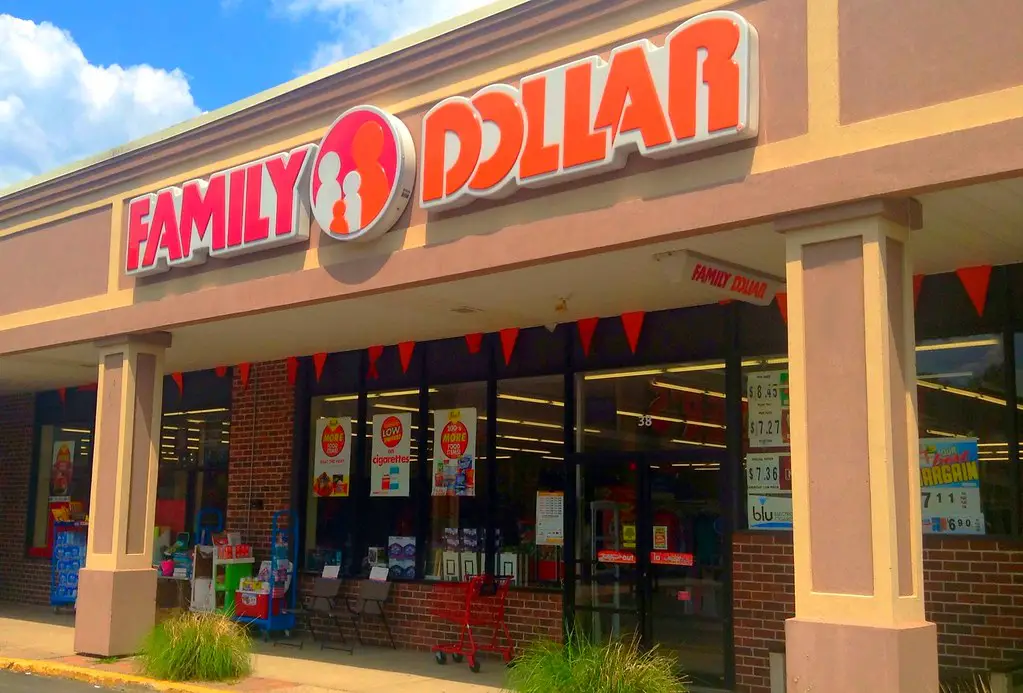
Dollar store business models rely on smaller store formats compared to traditional supermarkets or big-box retailers. This allows for easier entry into smaller communities and quicker setup times for new locations. The visual impact of these numerous small-box stores is becoming increasingly common across the American landscape, particularly in rural and suburban areas, says Strategy + Business. This strategy of widespread, smaller footprints contributes to their rapid growth and market saturation. The sheer number of Dollar General locations is a testament to this approach.
The consistency of the store design and layout also contributes to their recognizable presence. These smaller stores typically offer a limited assortment of around 10,000 to 12,000 items, focusing on high-turnover consumables and private-label brands. This streamlined approach allows for efficient operations and cost management. The convenience of finding these stores in close proximity to residential areas is a key driver of their customer base.
5. Expansion of Dollar General Market Concept
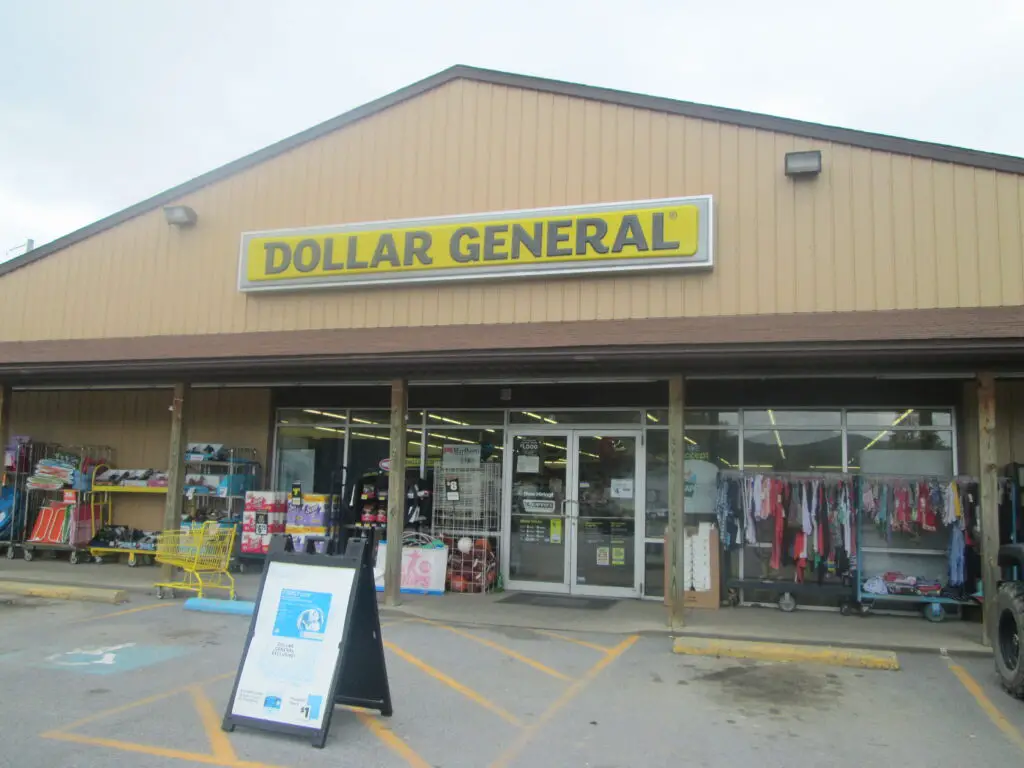
Recognizing the need for more grocery options in some areas, Dollar General has been expanding its “Dollar General Market” concept. These larger stores include a wider selection of perishable foods, including fresh produce, meat, and dairy products. This evolution allows Dollar General to compete more directly with traditional grocery stores and serve a broader range of customer needs. The growth of this market format indicates a potential shift in their traditional business model.
The introduction of fresh food options could address some of the criticisms regarding food access in communities served by Dollar General. These larger format stores can also create more job opportunities and potentially have a different impact on local grocery stores compared to the smaller traditional Dollar General. The extent to which this market concept will be adopted across their network remains to be seen. This expansion represents a potential evolution in their community impact.
6. Increased Foot Traffic in Small Towns
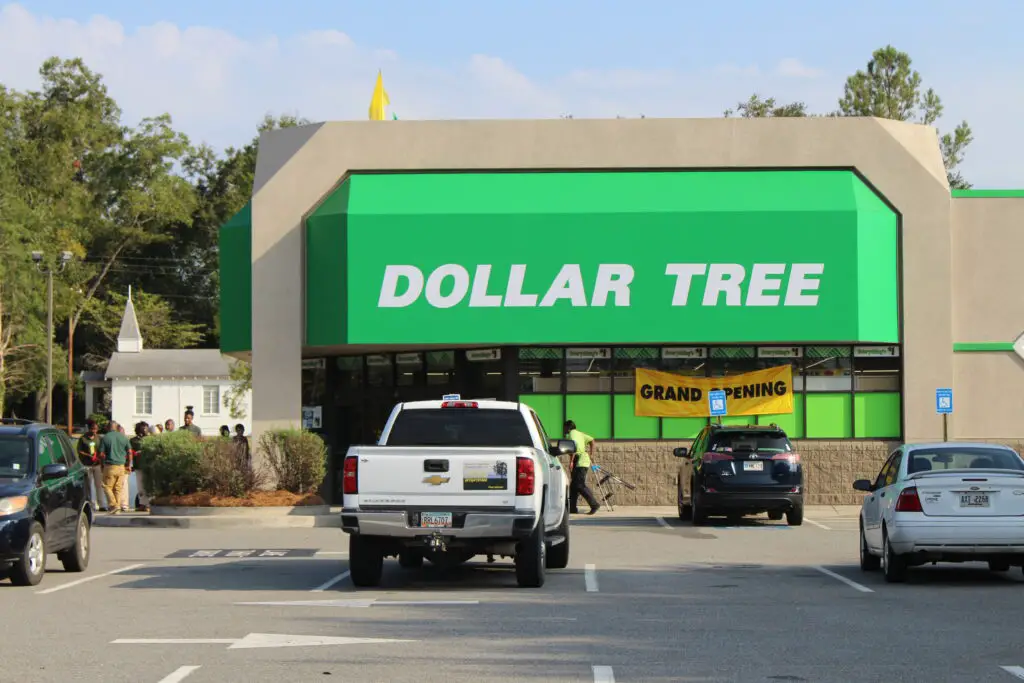
The arrival of a dollar store in a small town often leads to a noticeable increase in foot traffic in that area. For communities that may have seen a decline in local businesses and activity, this can bring a sense of revitalization. The store becomes a central point for residents to purchase everyday necessities. This increased activity can have both positive and negative ripple effects on the surrounding area.
While the increased traffic can benefit some nearby businesses, it can also strain local infrastructure and resources. The influx of shoppers might not always translate to increased business for existing local establishments if Dollar General meets most of the immediate needs. The overall impact on the town’s existing social and economic fabric requires careful consideration.
7. Job Creation in Local Communities
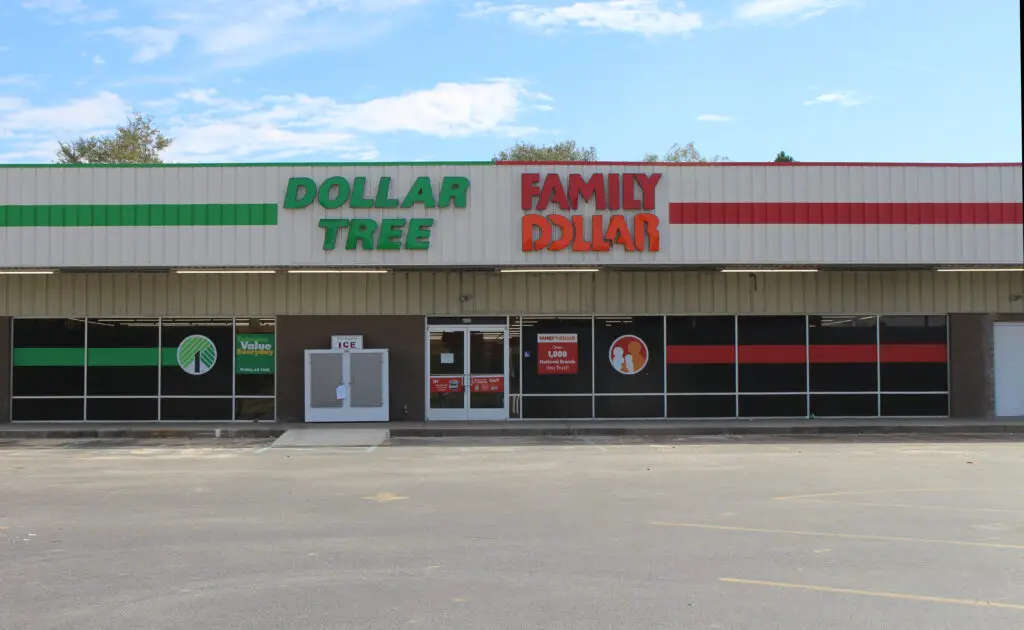
Each new dollar store brings job opportunities to the local community, typically employing a small number of staff. In areas with limited employment options, these jobs can be a significant benefit for residents. The company often hires locally, providing income and contributing to the local tax base. This job creation is often cited as a positive impact of their expansion.
However, the wages and benefits offered by Dollar General are often a subject of debate. Critics point out that these jobs may not always provide a living wage or comprehensive benefits packages. The net economic benefit to the community needs to consider the quality of the jobs created in addition to the quantity.
8. Impact on Community Aesthetics
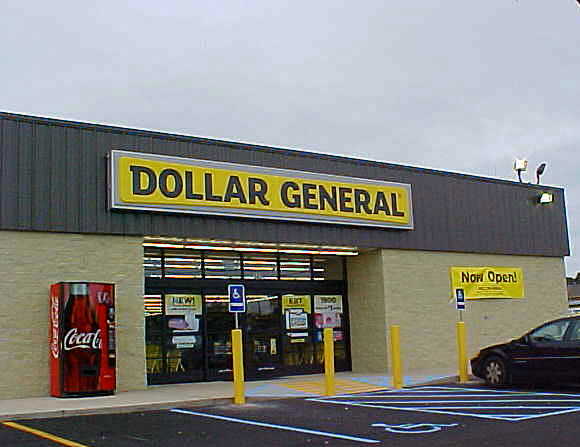
The standardized design of Dollar General stores can have a noticeable impact on the aesthetic of the communities they enter. Often built with a simple, no-frills design, these stores can sometimes stand in contrast to the existing architectural character of a town. The visual uniformity across their many locations contributes to their recognizable brand but may not always integrate seamlessly with the local landscape.
The location of new Dollar General stores, often on the outskirts of town or in previously undeveloped areas, can also contribute to sprawl. The impact on local zoning and land use policies is a consideration for many communities. Balancing economic development with the preservation of community character is an ongoing challenge.
9. Focus on Convenience and Low Prices
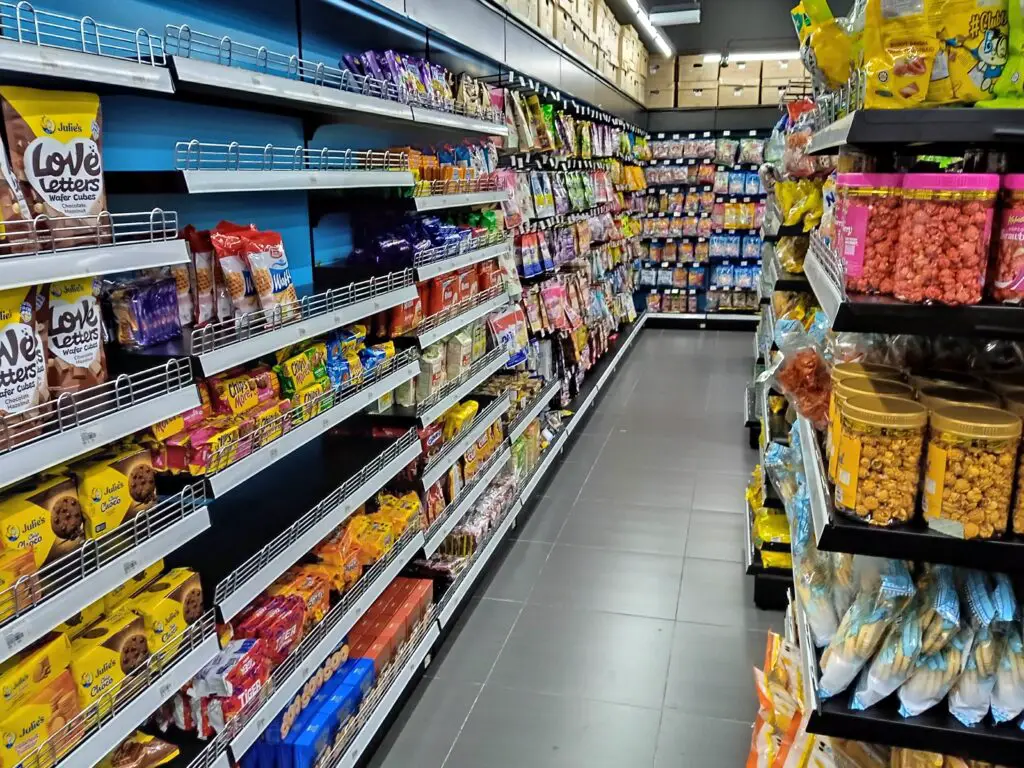
Dollar General’s core value proposition is convenience and low prices on everyday essentials. This resonates with a wide range of consumers, particularly those seeking value and quick shopping trips. The accessibility of these stores in close proximity to homes is a major draw for busy individuals and families. This convenience factor is a key element of their success.
The pricing strategy often undercuts that of smaller local stores, making it an attractive option for budget-conscious shoppers. However, the overall savings for consumers need to be weighed against the potential negative impacts on local economic diversity and the quality of goods offered.
10. Expansion into Urban Areas
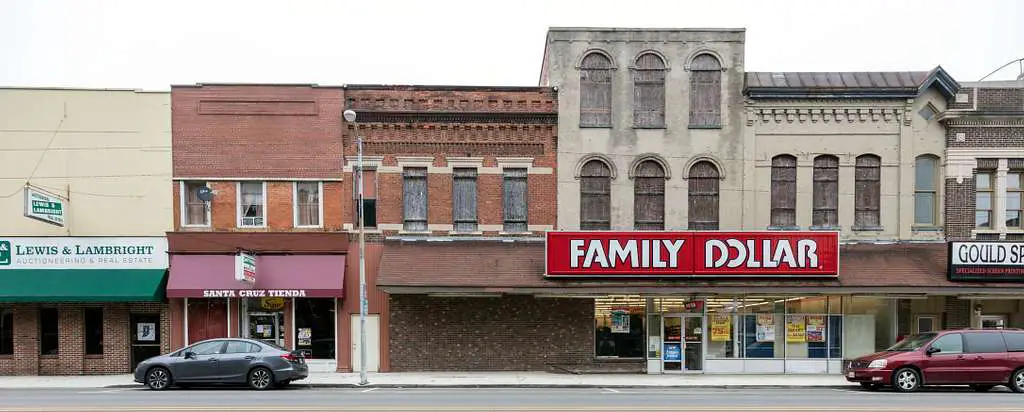
While historically focused on rural and suburban markets, Dollar General has also been expanding its presence in urban areas. This includes the introduction of smaller format stores like DGX, tailored to the needs of city dwellers. This urban expansion indicates a broader strategy to capture market share across different demographics and locations. The adaptation of their store formats reflects this evolving approach.
The competition in urban areas is often more intense, with a greater variety of retail options already present. Dollar General’s success in these markets will depend on its ability to offer a compelling value proposition and adapt to the specific needs of urban consumers. This expansion into new markets signifies a significant phase in their growth.
11. Offering of Financial Services

Some Dollar General locations are beginning to offer basic financial services, such as bill payment options and prepaid debit cards. This can provide a valuable service in communities with limited access to traditional banking institutions. This expansion into financial services aims to further meet the needs of their customer base. The convenience of these services alongside retail goods can be appealing.
However, the fees associated with some of these financial services can be a concern for low-income individuals. The overall cost-effectiveness and consumer protection aspects of these offerings require careful scrutiny. The role of Dollar General as a provider of financial services is an evolving aspect of their business.
12. Community Engagement and Philanthropy

Dollar General and its philanthropic arm, the Dollar General Literacy Foundation, often engage in community support initiatives. This includes grants for literacy programs and support for local organizations. These efforts aim to build goodwill and demonstrate a commitment to the communities they serve. This community engagement can be a positive aspect of their presence.
The scale and impact of these philanthropic efforts compared to the potential negative economic impacts on local businesses are often debated. While these contributions can be valuable, they may not fully offset the challenges faced by local retailers. The overall community benefit requires a comprehensive assessment.
13. Increased Competition in the Discount Retail Sector

Dollar General’s growth is occurring within a broader landscape of increasing competition in the discount retail sector. Other dollar store chains and big-box retailers with a focus on low prices are also expanding their presence. This competitive environment may influence Dollar General’s future strategies and its overall impact on the American retail market. The battle for the budget-conscious consumer is intensifying.
The strategies employed by different discount retailers, including their merchandise mix, store formats, and target demographics, will shape the future of this sector. Dollar General’s ability to adapt and differentiate itself in this competitive landscape will be crucial for its continued success and influence on American communities. The consumer will ultimately be affected by these evolving retail dynamics.
